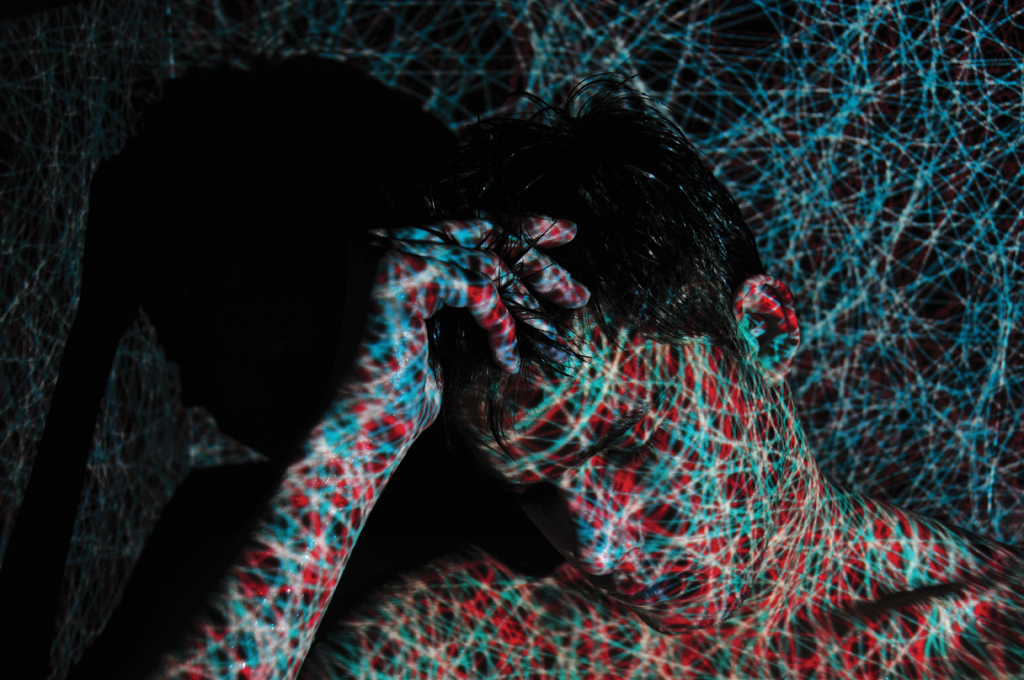Skinscapes 2010
I have always been moved by how gay people develop a sense of creating an illusory projection onto reality, how desperately they try to create a shield to protect their dreams, and how fragile this state of mind really is. This unbearable discrepancy between one’s idea of life and reality is one of the greatest sources of creativity. Skinscapes is a quite to-the-letter portrayal of this facade of a lifestyle. It’s made of glorified youth, beauty, overhyped sex, a fanatic obsession for pop, kitsch, hysteric clubbing and body worship.
Published in "Budapest Navigator" 11/2010. Exhibited at "A selection of the work of young photographers from Pécs” - 2010, Pécs
I have always been moved by how gay people develop a sense of creating an illusory projection onto reality, how desperately they try to create a shield to protect their dreams, and how fragile this state of mind really is. This unbearable discrepancy between one’s idea of life and reality is one of the greatest sources of creativity. Skinscapes is a quite to-the-letter portrayal of this facade of a lifestyle. It’s made of glorified youth, beauty, overhyped sex, a fanatic obsession for pop, kitsch, hysteric clubbing and body worship.
Published in "Budapest Navigator" 11/2010. Exhibited at "A selection of the work of young photographers from Pécs” - 2010, Pécs


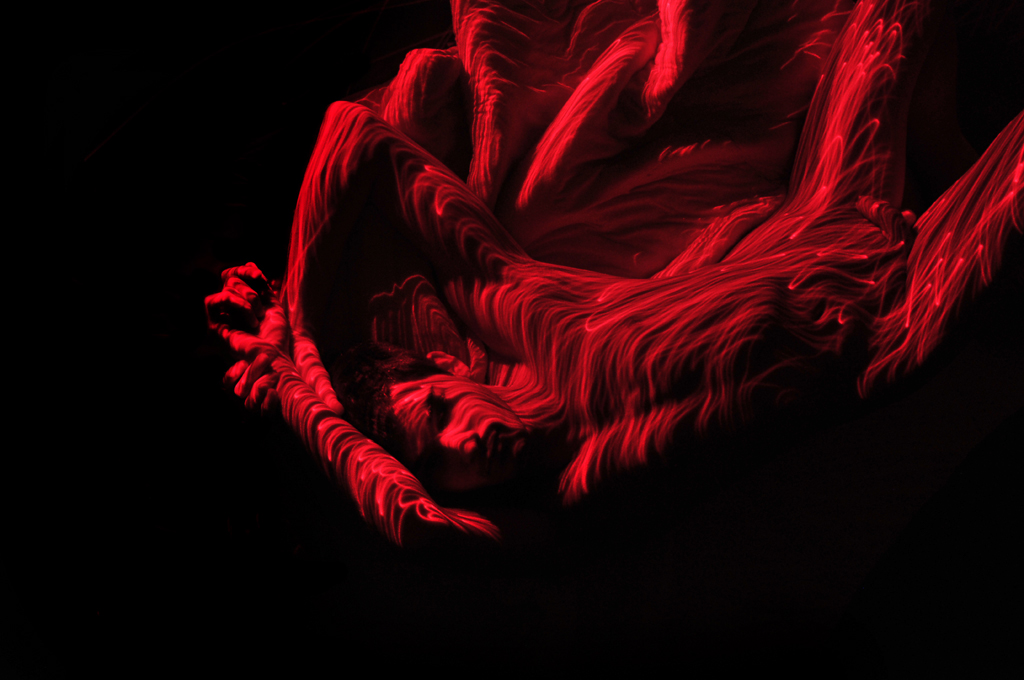
On your website you state “this series is meant to provide an almost purely aesthetic approach to visuality whilst dealing with a subject that outlines the true nature of “photography itself”. What do you feel is the “true nature” of photography? Is it more about the immediacy of the final image?
A photograph is recorded light and nothing else. A photograph is impartial. I have been dealing with photography for a long time and it transformed the way I perceive the world: now I understand everything as an aesthetic notion. I cannot think of anything that has no aesthetic value on some level. Content is form. I’m not really involved, i’m only watching. It’s the Zeitgeist.
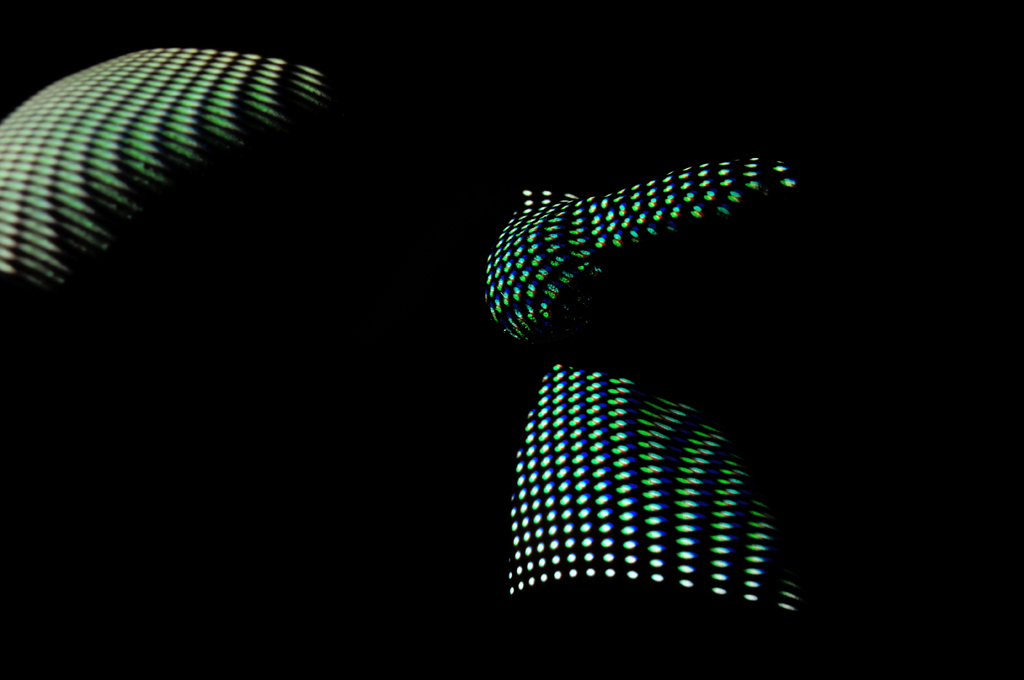
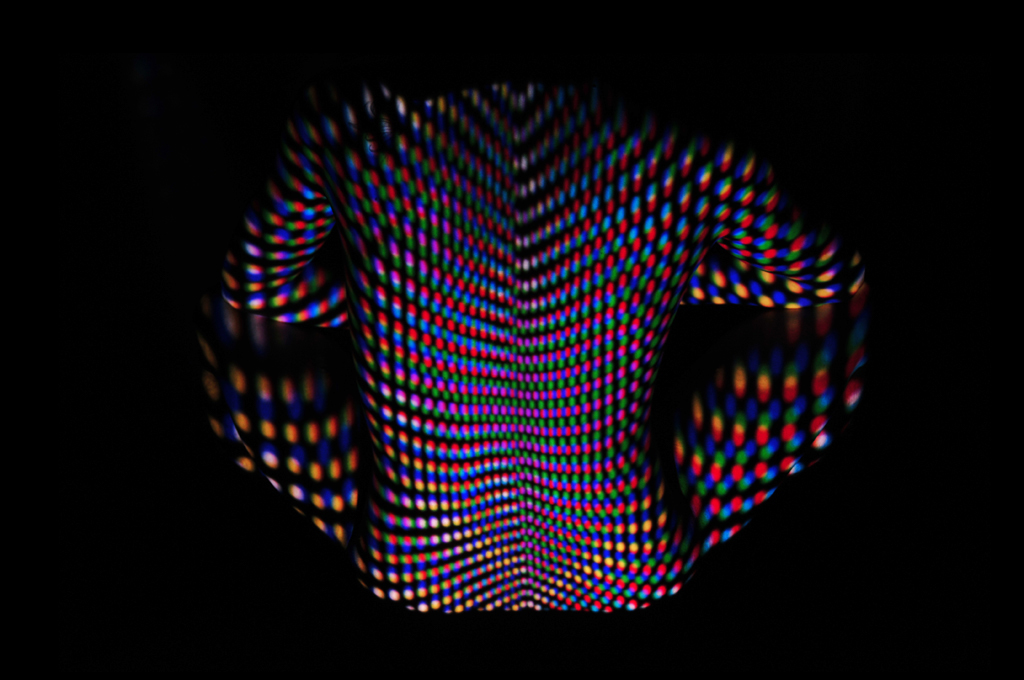
The slick quality and graphicness of these photos remind me of Bladerunner, or even the newest Tron. Were you at all interested or influenced by sci-fi notions?
The original 1982 Tron was of course a huge influence visually, also David Bowie’s Ziggy Startdust… Pink Narcissus by James Bidgood, a milestone in gay visual fantasy. And the disco movement of the sixties, of course.
The original 1982 Tron was of course a huge influence visually, also David Bowie’s Ziggy Startdust… Pink Narcissus by James Bidgood, a milestone in gay visual fantasy. And the disco movement of the sixties, of course.
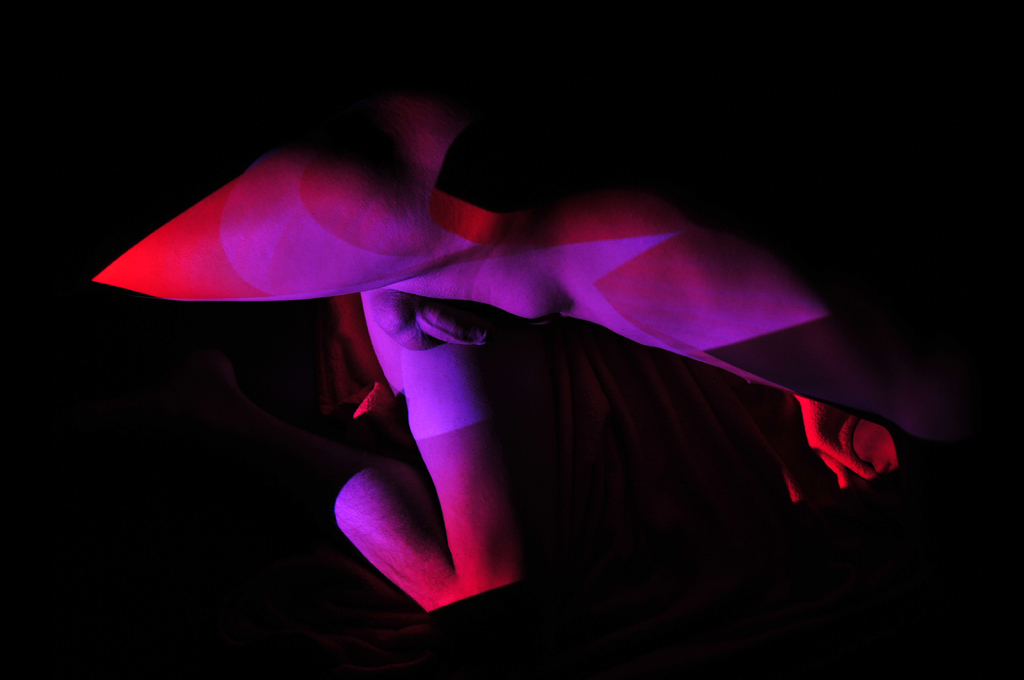
In one of your statements, you write, “I consider solitude, separation, estrangement as important aesthetic notions” I love that in some of these photos, the body becomes an abstracted, graphic element, totally separate from its personhood. Why do you think that separation/estrangement is important in aesthetics? Do you feel that photography itself is inherently a process of separation or removal from the subject one is shooting?
Yes. The idea that photography is somehow stealing is an ancient story, and it still comes to my mind every single time I take a picture. Am I allowed to do this or am I getting away with crime? Of course society has a kind of a scale on what you are allowed, what you should, must, mustn’t take pictures of, and the scale is constantly shifting as the public changes. Robert Mapplethorpe’s once banned pictures of cocks are now canonized, the ones he took of playing children are being censored regarding to the grown fear of pedophilia.


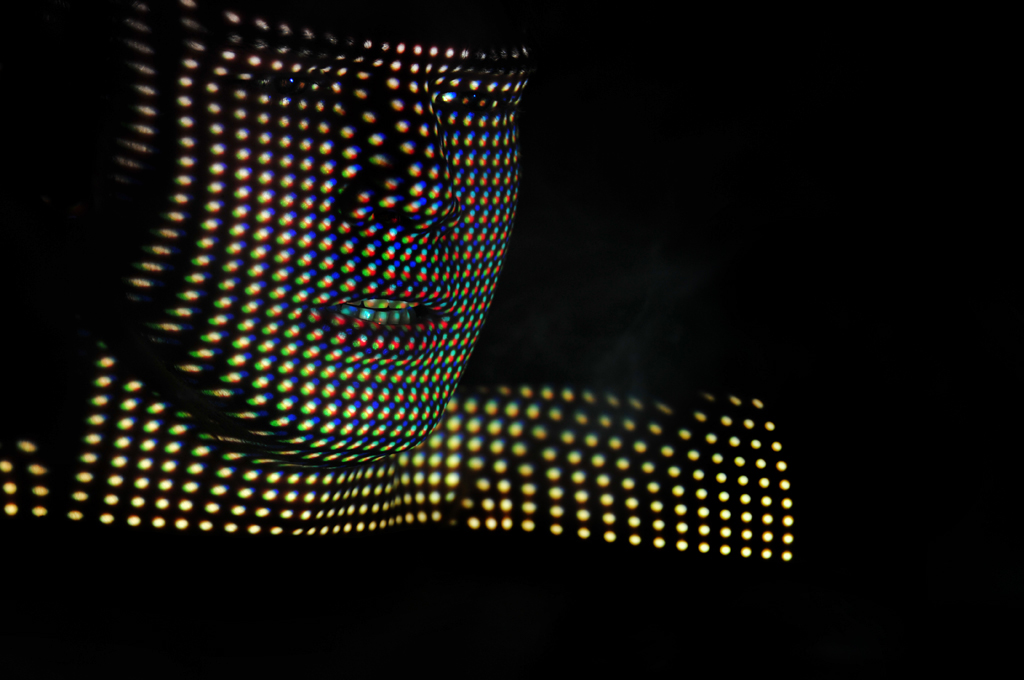
Who are the photographers/designers/movements who have most influenced your worldview or your view of art?
Interview by Andrea Diaz, Posted by Ana Roman for PhotoSynth Magazine
The single most significant work of art in my life was Nam June Paik’s TV Buddha. That one piece sums everything up that you need to understand the world. Wolfgang Tillmans is an obvious choice for a personal hero, he liberated and abducted photography, lifted it on a higher ground, right when it seemed to be over. He has great pictures, but what he says is the important stuff.
Interview by Andrea Diaz, Posted by Ana Roman for PhotoSynth Magazine

